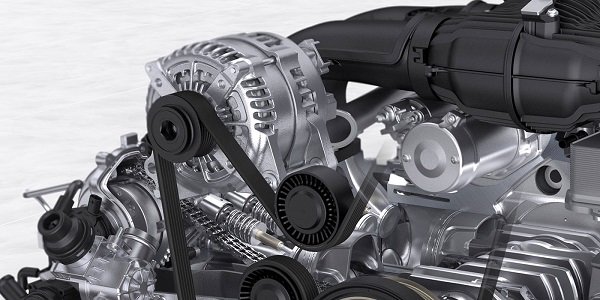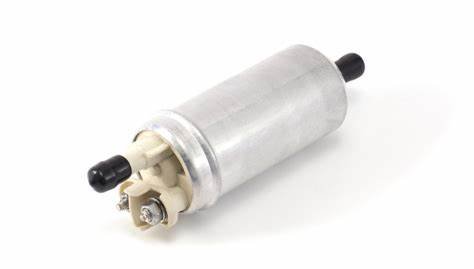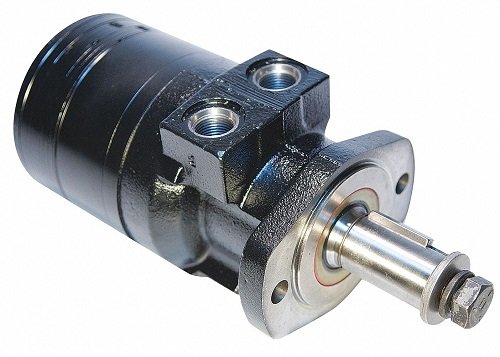Introduction: Why the Alternator Pulley is Essential for Your Car’s Performance
When discussing vehicle performance and reliability, most people focus on the engine, battery, or transmission. However, one crucial yet often overlooked component is the alternator pulley. This small but powerful component plays a vital role in the operation of your vehicle’s electrical system, ensuring that your alternator functions efficiently and keeps your battery charged.
A faulty or worn-out alternator pulley can lead to inefficient power transmission, decreased fuel efficiency, and even complete electrical failure. In this guide, we’ll explore how the alternator pulley works, common issues, and why it’s crucial to maintain it properly.
What is an Alternator Pulley?
The alternator pulley is a key component in the vehicle’s charging system. It is connected to the alternator shaft and driven by the serpentine belt, which is powered by the engine’s crankshaft.
The main function of the alternator pulley is to transfer mechanical energy from the engine to the alternator, allowing it to generate electricity that powers various electrical components in the vehicle, such as:
- Headlights and taillights
- Air conditioning and heating systems
- Power windows and seats
- The vehicle’s battery
A properly functioning alternator pulley ensures that the alternator generates sufficient electricity while minimizing wear and tear on the belt and other components.
Types of Alternator Pulleys
There are several types of alternator pulleys, each designed for specific applications and vehicle types:
1. Fixed Alternator Pulley
This is the simplest type of alternator pulley, consisting of a solid metal design that rotates at a constant speed with the engine. While reliable, it doesn’t absorb vibrations effectively, which can lead to belt wear over time.
2. Overrunning Alternator Pulley (OAP)
The Overrunning Alternator Pulley is designed with a one-way clutch mechanism that allows it to freewheel when the engine decelerates. This reduces strain on the serpentine belt and improves overall efficiency.
3. Overrunning Alternator Decoupler (OAD) Pulley
This advanced version of the OAP features additional damping to absorb vibrations and reduce wear on the alternator and belt. It is commonly found in modern vehicles with higher electrical demands.
Signs of a Failing Alternator Pulley
A failing alternator pulley can cause various issues in your vehicle. Here are some common warning signs:
- Squealing or Chirping Noises – If you hear unusual noises from the engine bay, it may be due to a slipping or worn-out alternator pulley.
- Battery Warning Light – A failing alternator pulley can reduce the alternator’s ability to charge the battery, triggering a warning light on the dashboard.
- Dim Headlights or Electrical Malfunctions – If your headlights dim or flicker while driving, the alternator pulley may not be transmitting power efficiently.
- Serpentine Belt Wear – A malfunctioning alternator pulley can place excessive strain on the serpentine belt, causing premature wear or failure.
Why Replacing Your Alternator Pulley Matters
A well-functioning alternator pulley ensures your vehicle runs smoothly and efficiently. Replacing a damaged or worn alternator pulley can provide several benefits:
- Increased Alternator Lifespan – Reduces strain and wear on the alternator.
- Improved Fuel Efficiency – Enhances overall energy transmission.
- Reduced Engine Vibrations – Makes driving smoother and quieter.
- Better Electrical Performance – Ensures consistent power delivery.

Conclusion: Don’t Overlook the Alternator Pulley
The alternator pulley might be a small component, but its role in your vehicle’s electrical system is massive. Keeping it in good condition ensures optimal performance, prevents costly repairs, and extends the lifespan of your alternator and serpentine belt.
If you suspect your alternator pulley is failing, don’t wait until it’s too late—get it checked and replaced to keep your vehicle running at peak efficiency.




